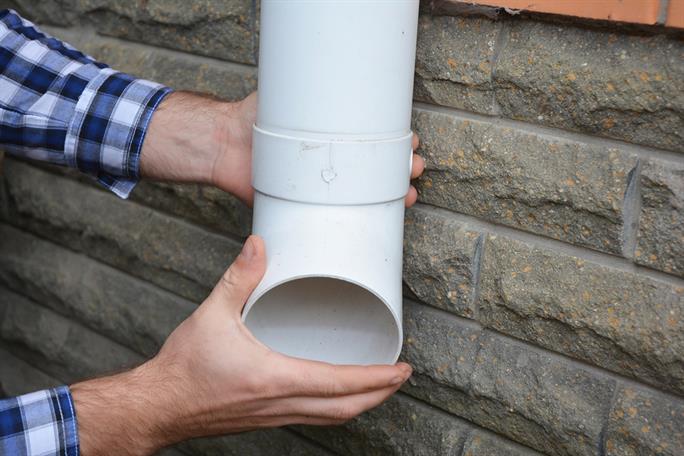
Regardless of the types of home renovations, the improvements aren’t going to last long if water is seeping into the structure. Water can do a lot of damage. Over time, it can compromise structural integrity, but even in the short term, it can allow mold and mildew to fester and potentially make the interior environment unsafe.
The basement is one of the most common areas for water to enter. It’s typically the lowest part of the structure so gravity will do the dirty work. Moisture is more likely to go unnoticed here as well. Water can get into the basement through the structure’s drainage systems, such as gutters and downspouts. The soil surrounding the structure’s foundation is a source of moisture too. Depending on the type of soil, it might draw water towards exterior walls, which can enter through the smallest cracks. These can go unnoticed for years since they’re practically underground and you can’t see them.
To prevent basement leaks, the following measures can be taken.
• Ensure roof drainage is directed away from the foundation.
• Basement windows should be watertight and above ground level.
• Keep gutters and downspouts clean and free of mulch.
How to Ensure Home Renovations Are Waterproof
The walls and roof of your home aren’t immune to water entry as well. Rain and moisture build-up can occur anywhere and, without adequate waterproofing, drainage can bring water into the structure. One viable option is to use a waterproof coating, which can be applied to horizontal and vertical surfaces. There are various types of coatings. Some are rolled on, but there are also paint-based and spray-on coatings, primers, and sealants as well.
Membranes, mortar, and chemical-resistant coatings are ideal for waterproofing during home improvements. Cement-based systems are often used for basements; slurry coats can be applied and form a bond with masonry substrates, preventing the movement of water. Sealants applied to weak spots such as floor and wall junctions, and multi-layer coatings, can provide an effective barrier to the water that’s constantly putting pressure on the below-grade structure.
Another type of solution is a cavity drainage membrane. Sealed fixing plugs help apply it to walls and ceilings; on walls, it can be covered with plasterboard; on floors, coverings such as a floating timber floor can be put on top of the membrane. The polypropylene membrane is quite effective for waterproofing basements.
Identifying the Best Type of Waterproofing
Deciding on the best waterproofing solution during home renovations comes with the help of a professional. You may opt to have material injected into a crack, which is often just a temporary fix, or excavate the ground around the foundation wall, to install drainage systems or waterproof materials or membranes to exterior surfaces. Interior excavations are often more cost-effective, and address the issue of hydrostatic pressure. To prevent groundwater from forcing its way in, interior perimeter drain systems manage the water after it enters.
Whether you live in Johannesburg or Cape town, Chatsworth, Pretoria, Soweto, or any other community, Snupit will help you find a local waterproofing service professional, so your home renovations pay off.